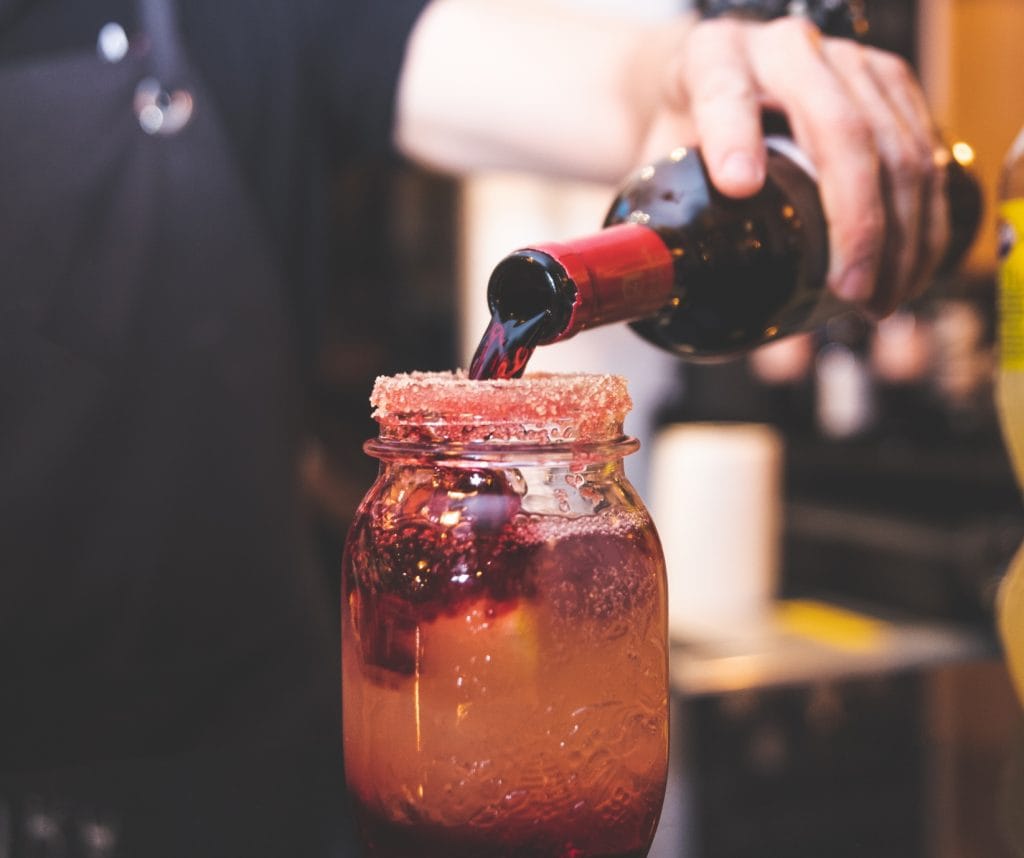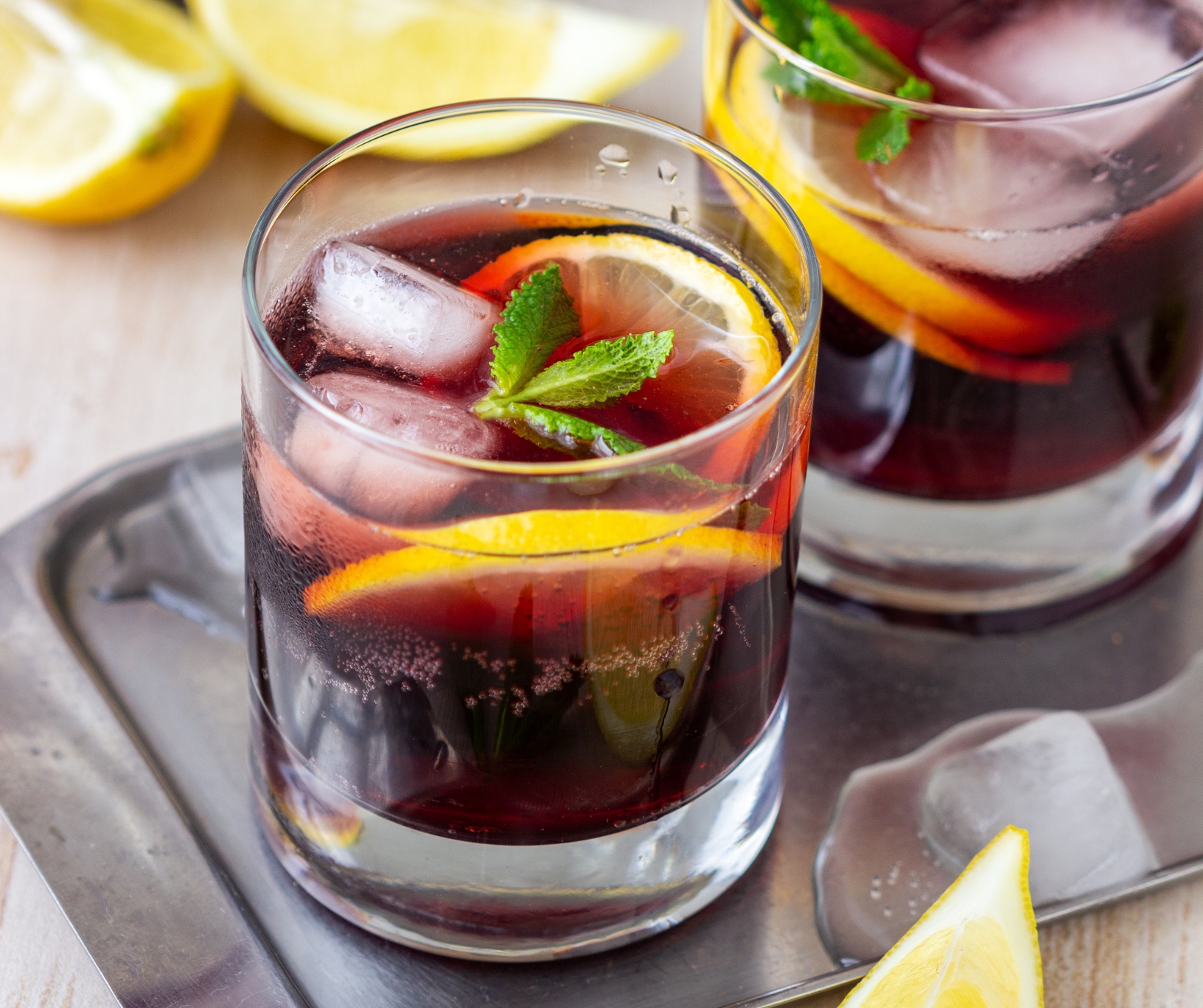We all have "that friend", ready at any time to pour a a soda "from above" into half of glass of white wine, in order to "break the molecule". Or who is bothered by tannins and tames red wine with cola. There were even legends about high-ranking individuals who ordered bottles worth thousands of euros in restaurants in capitals of the world and added to each glass a few cents worth of cola, probably because they missed the taste back home. And yet, who can judge such tastes? A spritz soothes the thirst and cheers the soul on a hot summer day, right? It can even be interpreted as an improvement of the water…
The story of wine and cola, however, is different. Let’s admit it, in Spain, Coca Cola was reserved for elites and top clubs/restaurants from the 1920s, when it first entered the market, until 1953, when the first local factory was opened. The mix of wine and cola also existed in this period, under the name "tincola", from tinto – red, or Rioja Libre, after the much more famous rum-based cocktail, Cuba Libre. Today, however, Kalimotxo / Kalimotcho is a European protected brand and a dictionary term admitted by the Royal Academy of Spain.
Bad wine, saved with coke
The real story begins with the spark that started a global fad, and there is even an official date for this moment: August 12, 1972. A group from the Basque Country, known as the Antzarrak, were tasked with procuring the wine needed for the party celebrating St. Nicholas, the patron saint of the port city of Algorta (Getxo). They invested a considerable amount in the 2,000 liters that should have been sold during the festival but, for unknown reasons (both the heat outside and the dubious quality of the producer are suspected), the wine they received was so sour that it was deemed undrinkable. A doctor assured them that there were no health risks, but one thing was clear – the party could not be held with such wine.
The organizers decided to try to save the wine, and Coca Cola came as a natural solution – it didn’t affect the color of the wine too much, the sugar had the exact proportion requited to cover the wine’s defects, and a squeeze of lemon and orange gave the necessary flavors to make the cocktail pleasant, especially when chilled with some ice cubes.
All that was needed was a name for the newly invented mix. One of the gang members was called Kalimero (nicknamed Kali) and he had the habit of being late to all meetings. In addition, he was far from having a pleasant appearance so that, while they were negotiating the name of the cocktail, in Kali’s absence, one of the organizers proposed to call it Kali-the-ugly, calimotcho or, in Basque transcription, Kalimotxo.

50 years of bad wine or good Kalimotcho?
The mix was such a great success that it instantly spread throughout Northern Spain. Soon, there were no more village parties or festivals where red wine with cola and citrus fruits were not served. In the 80s, it was already mentioned in movies as a tradition, and before the beginning of the 90s, it was already widely consumed throughout Europe and the USA. Young people were by far the most enthusiastic consumers. Even Coca Cola was excited by the success of this cocktail, enough to register the brand. Since 2002, the old Coca Cola factory, officially registered as Compania Norterna de Bebidas Gaseosas Norbega, owns the Kalimotxo brand at European level, the initial application for registration being submitted in 1996.
50 years have passed, and red wine with cola has not decreased in popularity, just as the spritz. Purists will say that an undrinkable wine must simply not be drunk, it should not be saved by cola… Others will say that it is a cocktail like any other, even a version of sangria, but with less effort put into it. Others, it seems, would add cola over a premier grand cru classee. Where do you stand?







